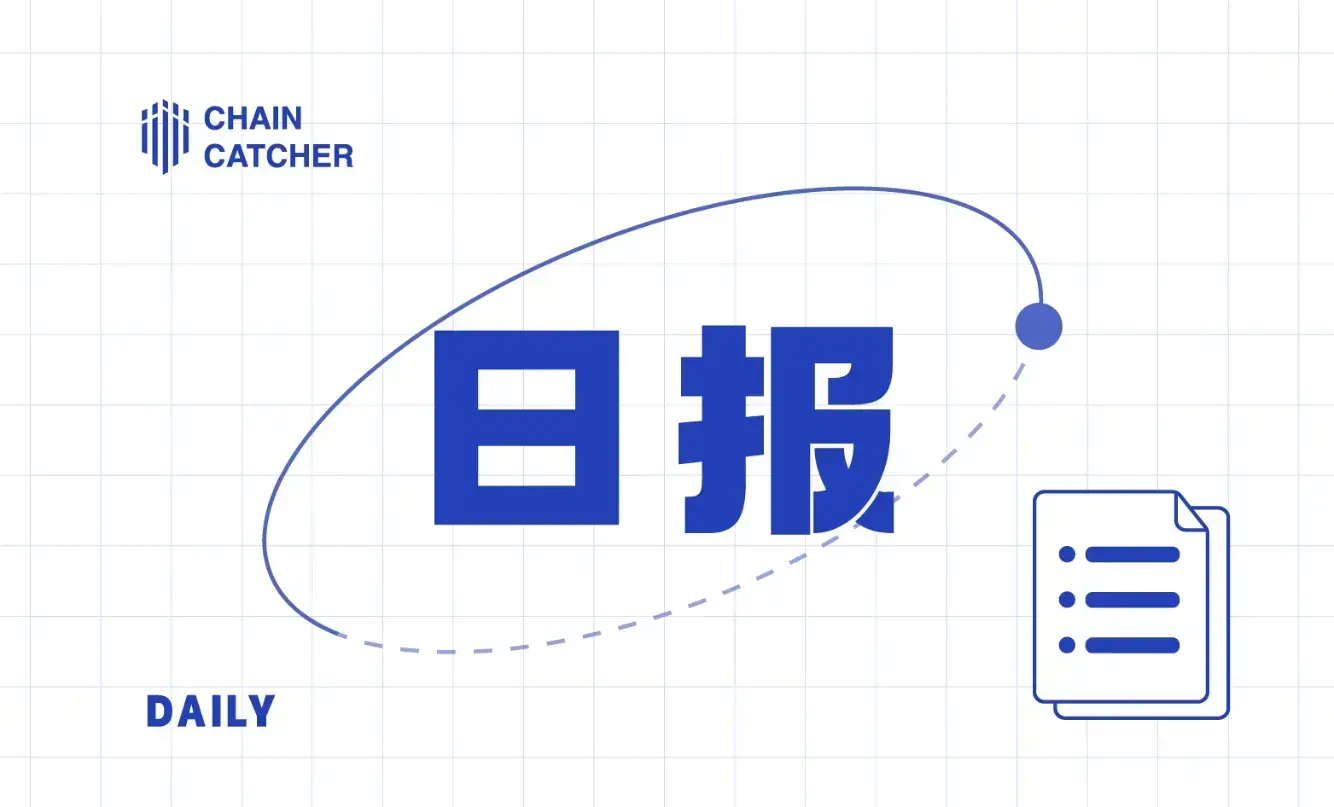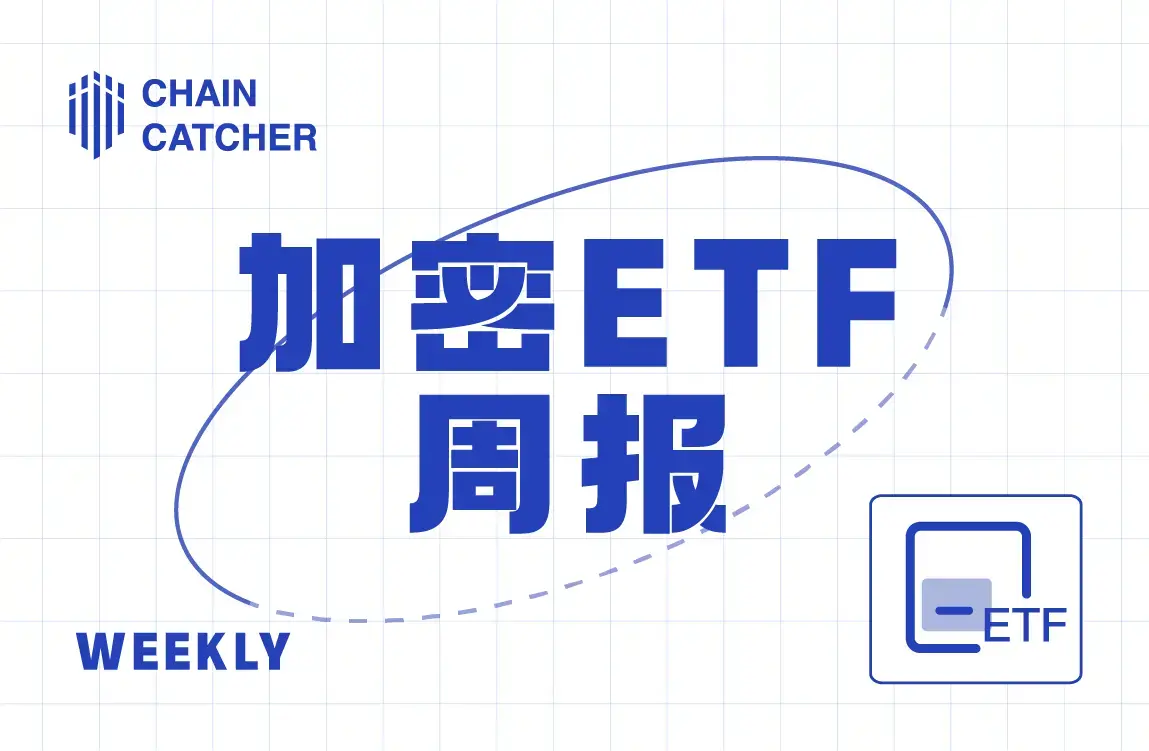Dialogue O3 Swap: The Logic and Value of Cross-Chain Aggregation Track

As the popularity of DeFi spreads from Ethereum to other public chains, users are no longer satisfied with using a single blockchain network. However, there still exist value islands between Ethereum and high-performance chains like BSC and Solana. Breaking down the barriers between chains has become a necessity, and cross-chain solution providers are firing on all cylinders.
As one of the representative projects in the cross-chain track, O3 Swap has attracted significant market attention. Caroline, the community leader of O3 Labs, shared insights based on the current development situation of the track and the logic and design of the O3 solution in the Catcher Academy, hoping to inspire you.
Catcher: Please briefly introduce what O3 Swap is doing and its vision. What is the current progress?
Caroline: O3 Swap is a cross-chain aggregation protocol incubated and developed by the O3Labs team. It aggregates liquidity from leading DEXs on different chains and allows users to freely trade cross-chain assets through cross-chain trading pools. We achieve free cross-chain trading of native assets on different chains through an aggregator + cross-chain pool approach.
A more easily understandable way is that community users refer to us as "Multi-chain 1inch + Cross-chain Curve."
O3 Swap ultimately hopes to connect the liquidity of assets between different blockchains, allowing users to trade as if they were on a current custodial exchange, without being unable to trade due to different chains.
Catcher: The value of trading aggregators has been validated by projects like 1inch. So where is the value of cross-chain trading aggregation? How large is its market demand?
Caroline: First of all, 1inch is a fantastic aggregator on Ethereum and a great partner for us.
1inch aggregates liquidity from different protocols within the same network, while O3 aggregates liquidity from different chains. Currently, we see the common prosperity of various public chains like BSC, HECO, Solana, and NEO, so cross-chain trading will become increasingly necessary.
Catcher: In the past, most trading aggregators were deployed on a single chain. Even though 1inch has now deployed on multiple chains, it still hasn't connected the liquidity among them. Now that O3 Swap is building a cross-chain trading aggregator, what is the specific technical implementation mechanism? Where are the difficulties? Do you think 1inch will develop cross-chain trading aggregation in the future?
Caroline: The innovative point of O3 Swap's technical implementation is the creation of a cross-chain asset trading pool, O3 Hub. By building O3 Hub, we are the first to realize one-click free trading of native assets across different chains. We can also say that we are the first product to truly implement this concept of cross-chain liquidity pools.
Currently, I think the biggest difficulty still lies in the state of various mainstream blockchain networks, as the native state directly affects the cross-chain experience of our product. I can't speculate on 1inch's further development plans, but I believe that as a top-tier excellent project, it will continuously update to meet the needs of the entire industry.
Catcher: In terms of cross-chain transfers, O3 Swap supports users to directly convert USDT to assets like BUSD and HUSD. How is this achieved?
Caroline: First, our cross-chain liquidity pool supports users to add liquidity for USDT, BUSD, and HUSD. Adding cross-chain asset liquidity is also considered a form of mining. When users initiate the exchange of USDT to BUSD/HUSD, it directly converts USDT to BUSD/HUSD through the cross-chain asset liquidity pool.
Catcher: When we experienced the O3 Swap functionality, we found that on the Hub page for cross-chain transfers, it showed that 2000 USDT could be exchanged for 2122 BUSD. Although the amount limit prevented actual exchange, this ratio still seems quite strange. Why does this happen?
Caroline: Our cross-chain pool is based on the AMM model, storing stablecoins from different chains. When there is a significant disparity in the liquidity pool's volume, exchange price differences may occur. We are currently improving this mechanism, and when users provide liquidity for smaller pools, they can obtain a higher LP quantity. Simply put, this means balancing the system through obtaining different LP quantities and arbitrage.
Catcher: Data shows that as of May 7, the number of O3 Swap trading addresses has exceeded 100,000, completing 188,606 transactions. It is evident that community participation is very high. What activities will you have next to incentivize community building?
Caroline: Haha, actually, this data is outdated. As of now, the number of trading addresses has exceeded 230,000+, and the number of transactions has surpassed 380,000+.
After the project goes live, we will conduct a series of governance/incentive activities based on the opinions of the community and the committee. If you have good suggestions, feel free to share them with me. Of course, our focus will be on users who have genuinely contributed to the ecosystem.
Catcher: The types of assets currently supported by O3 Swap seem to be relatively limited. What is your asset listing process and mechanism?
Caroline: Regarding assets, our primary consideration is security. Therefore, the main assets in the cross-chain pool are still stablecoins from various mainstream blockchain networks. Other tokens supported in the Swap are also prioritized based on mainstream/security, requiring a large user base and deep liquidity sources from top exchanges on various public chains/side chains to have a chance to enter our candidate list.
Additionally, before the project goes live, we will conduct audits of smart contracts from multiple professional institutions and make them open source.
Catcher: Vitalik has categorized cross-chain interoperability protocols into three models: notary mechanisms, sidechains/relays, and hash time locks. Which model do you think has the most potential for cross-chain interoperability protocols? Recently, O3 Swap reached a strategic cooperation with the cross-chain interoperability protocol Poly Network. Please explain the significance of this cooperation.
Caroline: Different forms of cross-chain interoperability each have their pros and cons. In terms of practicality in the current cross-chain market, the sidechain/relay form has undergone some market testing and recognition. The main reason is that this form's convenient and flexible characteristics can be well realized in the current state of blockchain networks.
We at O3 adopt the relay form, collaborating with Poly to build cross-chain pools, establishing mixed liquidity pools for assets across multiple blockchain networks to support one-click cross-chain asset exchanges on O3 Hub.
Catcher: What are the future development plans for O3 Swap? Which public chains will you support next?
Caroline: We will focus on building a DAO to achieve cross-Layer2 network trading; we will also support Solana, OKExChain, Polkadot ecosystem, and more.
Catcher: More and more public chains and Layer2 network ecosystems are developing. Do you think this phenomenon will continue in the future? What do you think the future landscape of blockchain networks will look like?
Caroline: We are also collaborating with some mainstream Layer2 projects, such as Polygon and Optimism. We have always believed that blockchain will ultimately thrive through the joint development of multiple chains and networks, so there needs to be good interoperability between different blockchains, especially in trading scenarios. This is why we focus on linking liquidity between different chains/networks.









